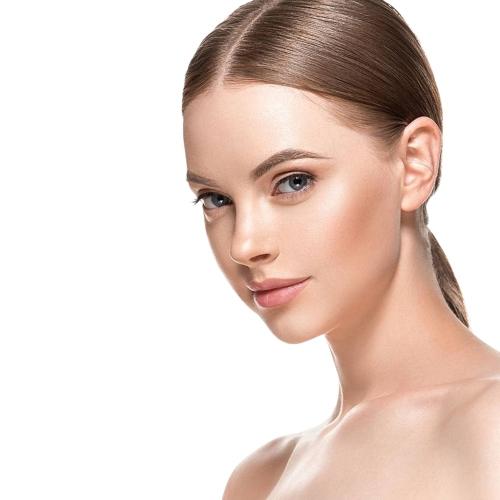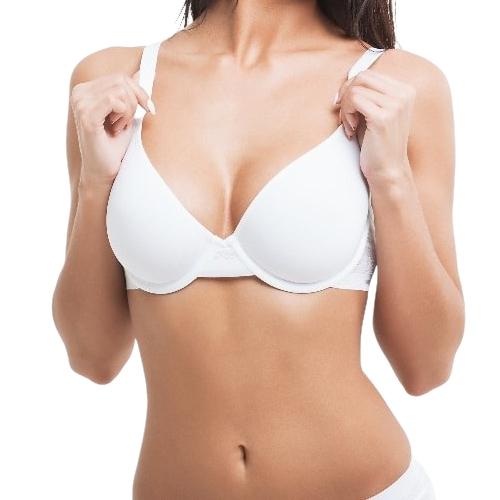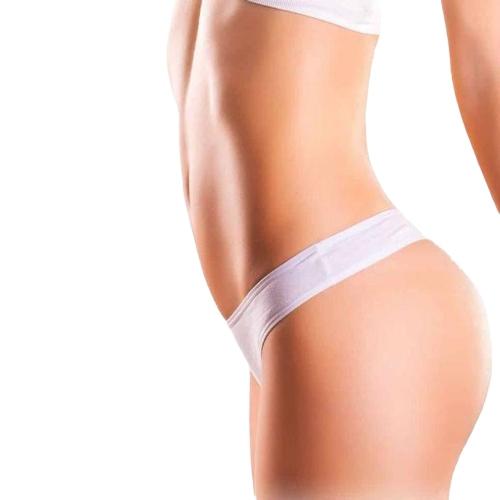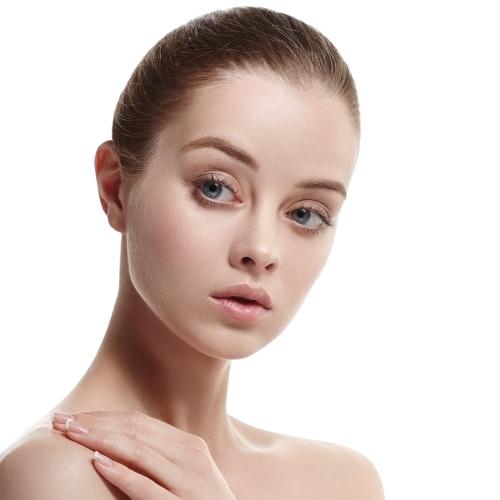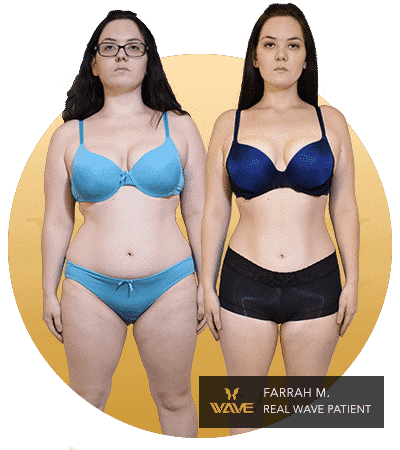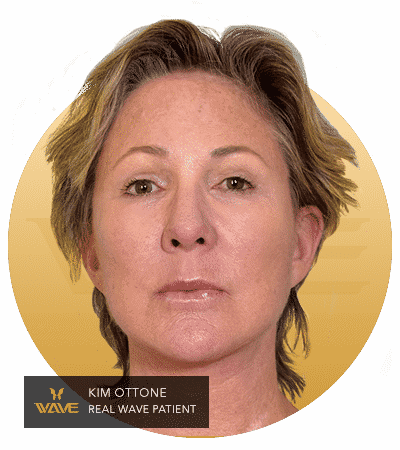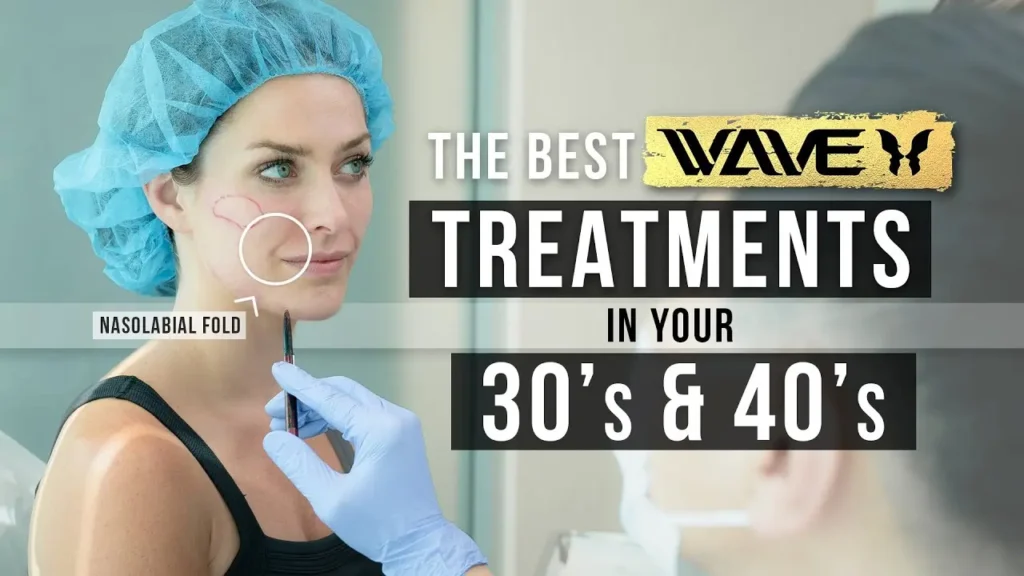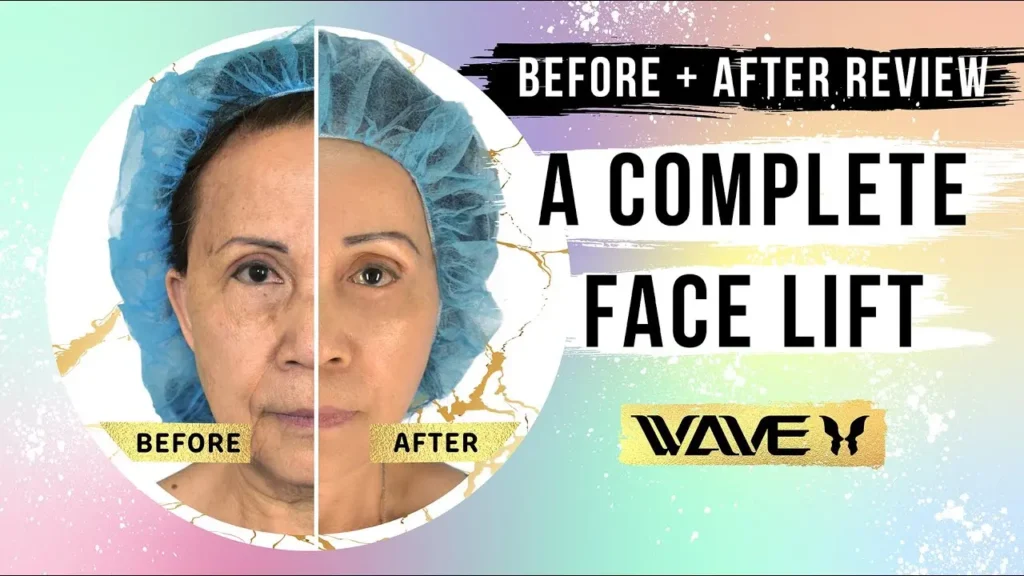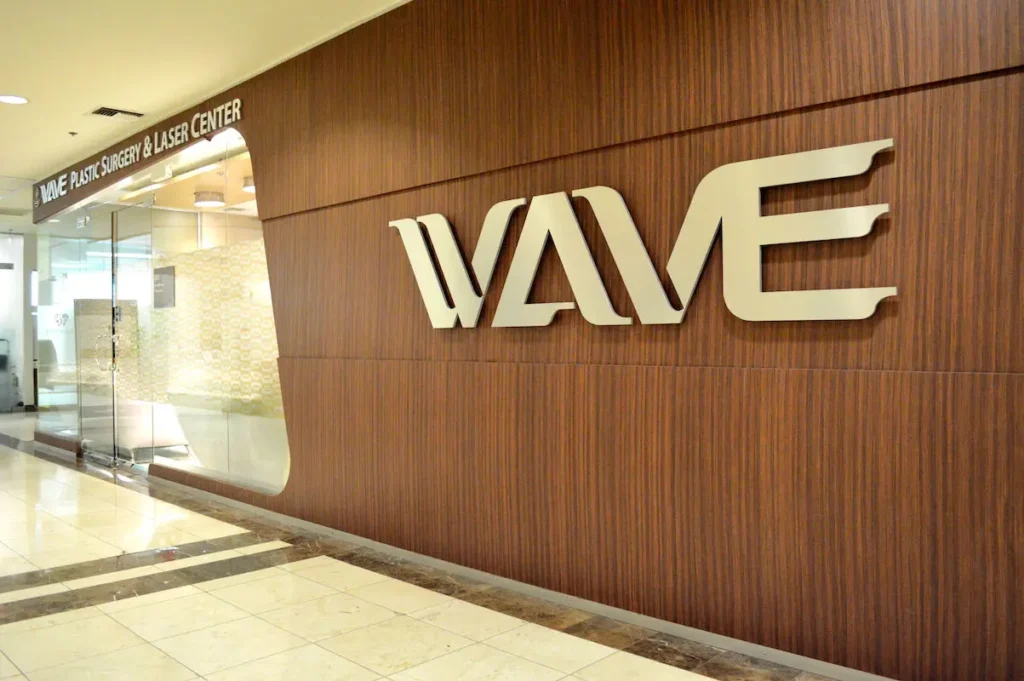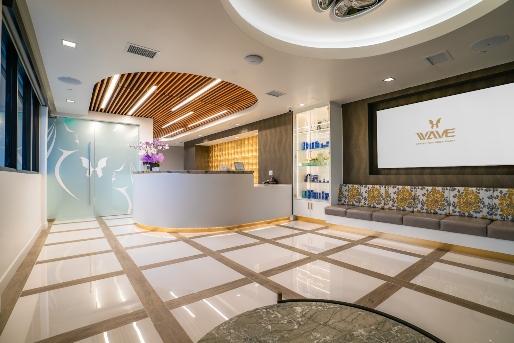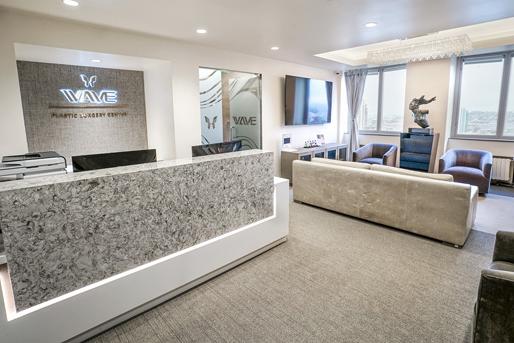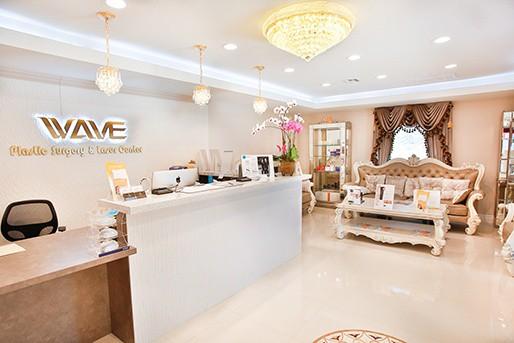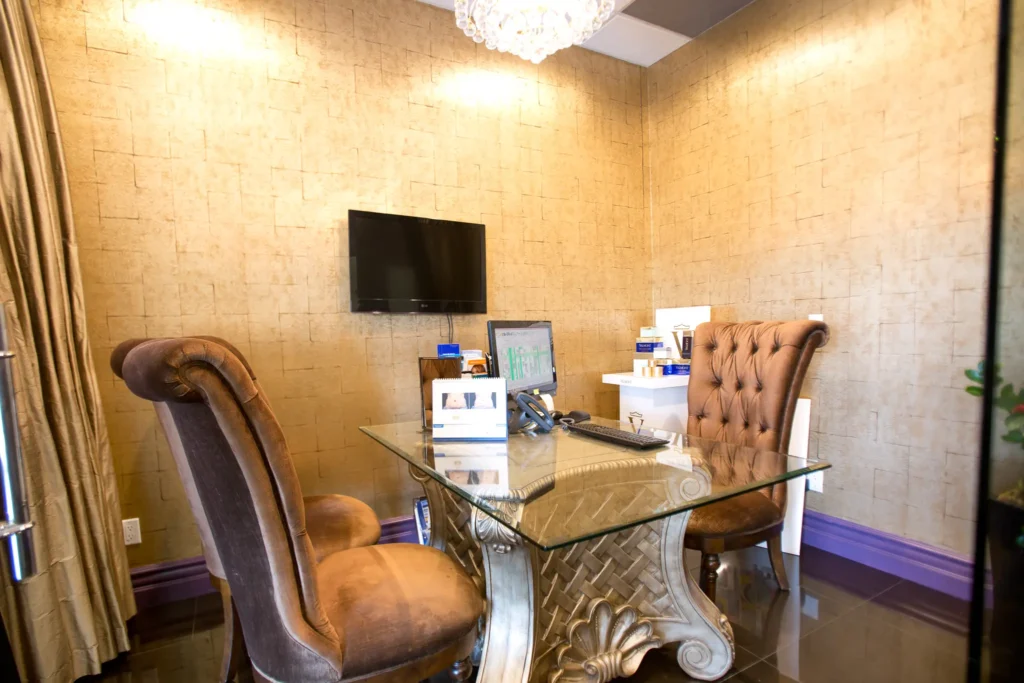Breast augmentation can be completed in three ways. You can get silicone or saline-filled breast implants or receive a fat transfer from another part of your body. The method you choose will be entirely up to you, though there are some factors to consider before determining which is best.
What is Breast Fat Transfer?
Breast fat transfer is a procedure that transfers fat cells from one area of the body to the breasts. Using liposuction, a plastic surgeon suctions fat from another body part.
It’s generally taken from one of four places:
- The stomach
- The back
- The buttocks
- The thighs
The fat is then processed into a liquid, making it easier to inject into the natural breast tissue. Some may receive a minimal amount to simply fill out lumpy or crooked spots, while others will require a lot more to increase breast size and fill out the chest completely.
What are the Differences Between Saline and Silicone Breast Implants?
If you decide to get implants, you need to know the difference between the saline and silicone materials that are used for the filling. Saline implants start with an outer silicone shell that gets inserted by itself. Then, the surgeon fills that shell with a saline solution. It requires a smaller incision and is often less costly.
Silicone implants require a larger incision, but they often have a more natural feel to them because they are intended to replicate the feeling of human fat. Some people complain that saline implants have an audible sloshing sound like water inside, and they feel more firm compared to natural breasts because they need to be filled fully to avoid this noise.
Both versions can rupture, but saline is safer because the body can absorb the solution. There is less chance of health implications due to a rupture than there would be with silicone implants.
Which type of Augmentation Causes More Scarring?
When comparing breast fat transfer vs. implants, it’s wise to consider the amount of scarring one procedure may leave over the other. When you receive breast implants, you will only have mild scarring of the breasts from where the cuts were made. Over time, the scarring should fade well, so it becomes hardly noticeable.
You may think that a fat transfer would cause more scarring since the procedure involves two separate areas of your body. However, fat transfer uses injections rather than cuts. This means a fat transfer procedure leaves virtually no scarring at all. Either option is a worthwhile choice.
Is Fat Transfer More Natural Looking?
Generally, fat transfer is more natural looking. This is because the breasts are only changed slightly, improving uneven spots and enhancing the cup size by one. However, even implants can look natural if you use the right filling and choose a more natural teardrop shape compared to a round one.
Are There Disadvantages to Receiving a Fat Transfer?
Some people worry that a fat transfer may cause problems for the breasts down the line. Fat necrosis, cysts, and cancer are risks. However, when performed by a qualified surgeon and done in small increments over time, the procedure is safe and effective.
There is also the possibility that some of the fat that gets transferred will take hold differently than intended. It can get reabsorbed into the body quickly or may even get reabsorbed later down the road, requiring a repeated process. This makes it more of a temporary solution than implants, which can last many years.

Pros & Cons: Breast Implants vs. Fat Transfer
One reason you may choose breast implants vs. fat transfer is the size of change you’re hoping to see. Breast implants may be a more viable option if you want to increase your cup size significantly. There is a wider variety of size choices with implants than you get with fat transfer.
On the other hand, if you would like to make small changes only or only want to go up one size, then fat transfer is your best solution. It can change your breasts slightly without being too dramatic of a difference.
Fat transfer also allows you to retain the sensation in your breasts and nipples. Implants are more likely to cause you to lose feeling, especially if the incision is made near the nipples for the type of reconstruction you require. However, not all sensation is lost, and some people may experience no loss whatsoever, making either option a good choice.
Are you a Good Candidate for Breast Augmentation?
Before deciding which breast augmentation procedure you would like to receive, you need to know if you’re a good candidate for a procedure like this. People who are not yet over the age of 18 should not alter their breasts. It is also not advised to have a related surgery if you are under or overweight and fall into an unhealthy BMI range.
Pregnant and breastfeeding parents should also wait to have breast augmentation performed. Those who smoke are not qualified, either.
You are only a good candidate for breast augmentation if:
- You are over 18.
- You maintain a healthy weight.
- You are not currently pregnant.
- You are not currently breastfeeding.
- You do not smoke.
Furthermore, individuals may not be approved for breast fat transfer, specifically if they do not have enough body fat overall. If there is minimal fat to transfer from one area of the body to another, the procedure will be ineffective. Individuals with a lower BMI may qualify for implants but not a transfer.
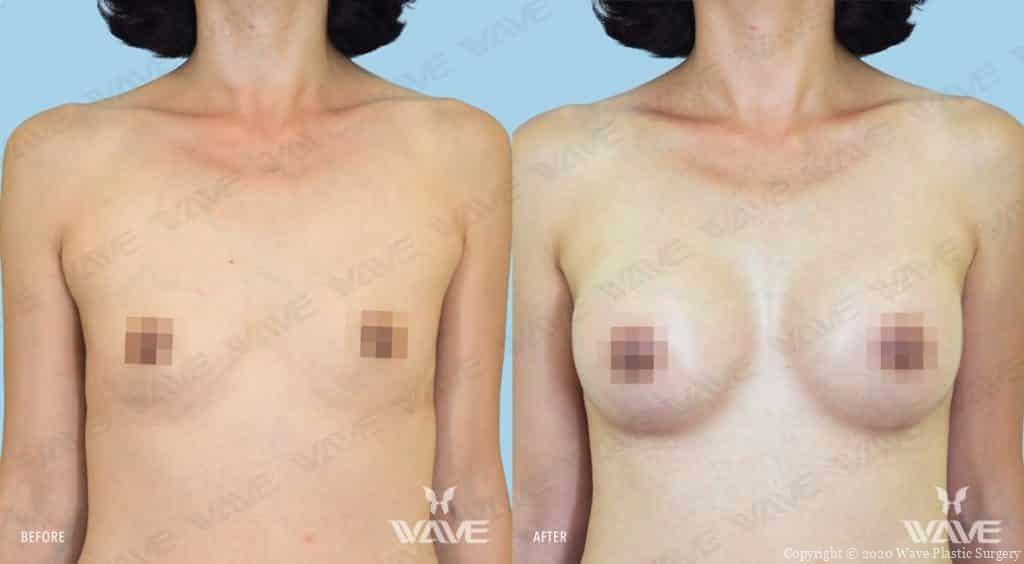
Get The Look You Want at Wave Plastic Surgery
No matter which version you decide to or can receive, Wave Plastic Surgery is here to help you learn more about the process and ensure you make the best decision. Our plastic surgeons help patients achieve the natural-looking results you are after.
Contact us for further guidance. We offer various comprehensive services to meet your needs and will consult with you to ensure you have all the facts to make an informed decision.

